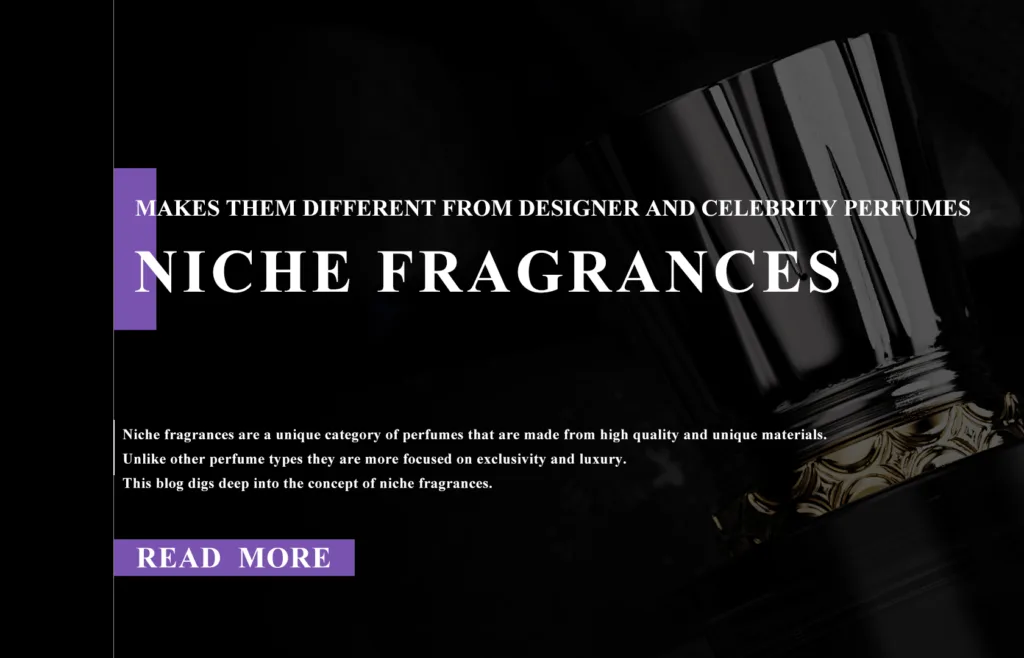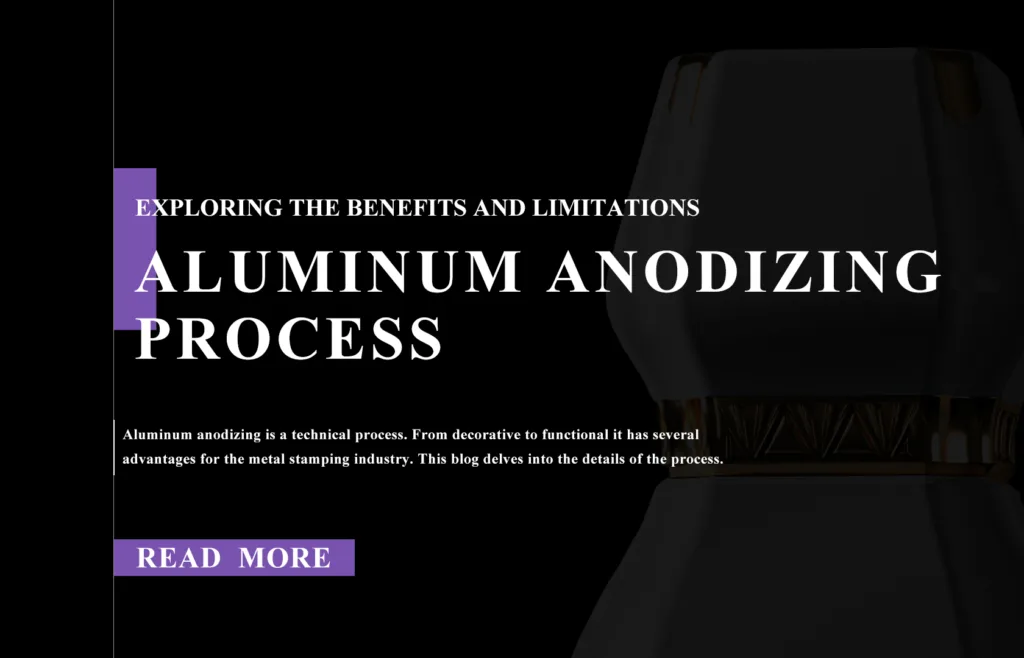Spraying using spray paint or other coating material is a less technical yet creative paint application method. At a time when businesses are looking for less time-consuming, more efficient, and less costly printing methods, the spraying method is a good choice.
With less equipment and more expertise, the spraying method of painting is gaining more popularity. It is more versatile and durable. It also offers various color options and can stick to almost every material.
If you want to know more about how spray painting can benefit your business, read this blog further.
Spraying Method of Painting
Spraying is a painting or printing technique that uses spray paint. A device such as a spraying gun, airbrushes, or spraying can spray the coating material on the object’s surface. This coating material can be in varnish, ink or paint. The medium of transfer is air.
Compressed gas or air is commonly used for the direction and atomization of paint particles.
Types of Spraying
1.Gradient Spraying
This technique involves spraying a gradient. But WHAT IS A GRADIENT?
A gradient is a design element. It usually has several shades of the same color or different colors merged into each other. Gradient spraying itself is a secondary process.
where spraying of the gradient is done on the surface of the substrate.
The best part about gradient spraying is that it applies to various substrate surfaces, such as glass, plastic, and metal.
Gradient spraying is also useful in the implementation of a two-tone effect. This is double when gradient spraying is done on metallic or resin surfaces.
2.Translucent Spraying
A spraying technique that uses translucent spray paint is called translucent spraying. Translucent spray paints are different
in that they are transparent. They allow light to pass through them.
Translucent paints are “see through”. Translucent paints are suitable for painting techniques such as layering, optical mixing and glazing.
3.Air Spraying Method
The technique of the air spray method is very unique.
First, high pressure is applied from the nozzle to the coating fluid. The fluid collides with the air at a very high speed. This causes the splitting up of the coating fluid because of air resistance. Finally, the coating fluid changes into a mist before reaching the substrate’s surface.
This whole process requires the use of a spray gun. Coating materials such as spray paint, ink, or varnish can be applied to the surface of any object.

How is Spraying Done
Spraying is a relatively easy technique. However, it requires a few essential equipments, such as:
- A newspaper
- A masking tapes
- Spray paint
The process is different for different types of spraying techniques. If you are using a spray paint can, then all you need to do is follow these simple steps:
STEP 1:
Make sure that you are carrying the spraying process in a well-ventilated area. Then, carefully read the instructions on the spray paint bottle. Shake the bottle. The ideal situation is to count the time from when the spray paint bottle makes the rattling sound.
STEP 2
Step two is all about practicing the spray-painting technique. For this purpose, use a piece of old newspaper. Try spraying on it. If you spray for too long or fast, it will result in uneven gloss.
STEP 3
Take the object you want to spray paint and clean it. Make sure that it is dry. Apply primer if required. Check the compatibility of the paint by spraying on a little portion first.
Now, check the adhesion of the paint by letting it dry.
STEP 4
Step four is about masking. Masking means covering or hiding the areas of the object
that you don’t want to spray paint. Once done with masking, apply the spray paint. Make sure to apply keeping some distance. Keep changing the position of the can from up and down to left and right.
STEP 5
Take regular pauses during painting. Then, shake the can and start painting again. To avoid striping, try overlapping on each stroke. Remember to apply several thin coats and let them dry before coating again.
Spray Paint Application Techniques
1.Air Atomised
Air-atomized application of spray paint uses a spray gun. This is one of the most conventional spray painting techniques. The spray gun allows a decent combination of compressed air and liquid paint. As a result, the liquid turns into mist before it reaches the object’s surface.
A major advantage of the atomized technique is that it gives the painter precision. The painter can control the amount of paint that reaches the object’s surface. Using this technique, you have the flexibility to apply paint to almost any kind of surface.
2.Airless Spray
As the name implies, the airless spray technique does not include the combination of liquid paint and compressed air. Instead, the liquid paint comes out through a very narrow opening. This narrow opening is called a nozzle.
In wireless paint, the liquid paint’s speed is slow. This is a positive point as it doesn’t allow overpainting, thus the paint wastage.
However, it does require more expertise and skill level. It is a bit complicated and more technical than other spray painting options.
3.Electrostatic Spray Paint
Electrostatic is a modern form of spray paint application. It is, therefore, more efficient than other application methods available.
As the name implies, the spray gun charges the liquid particles with voltage. This charge lets them stick more firmly to the surface of the object.
This requires very little effort by the operator. Also, the whole process was very smooth, fast, and efficient.
4.High Volume Low-Pressure Method
The HVLP method uses spray atomization technology. This technology pushes a high volume of low-pressure air into the applicator. Less velocity or speed in the way of paint makes the outlay controlled.
This prevents overspray, which is a disadvantage of a spray gun. However, it does require the skill of an experienced operator because there are many more techniques involved in this application.

Advantages of Spraying Technique
| Faster | Spray Painting is a much faster painting technique than other techniques. The process becomes even faster with equipment such as a spraying gun or nozzle. |
| More Coverage | The spraying method of printing offers more coverage. |
| Durability | Compared to water-based paints, spray paints are more durable because they are oil-based. |
| Flawless Finish | The best advantage of spraying is a flawless finish. One single coat of spray paint is equivalent to six strokes of hand painting with a brush. |
| Less Cost of Production | Since the process is fast, it saves much time. It also reduces thecost of production because of cheaper raw materials and equipment. |
| More Precision | With a spray paint gun, the thickness of the paint is controllable. This allows more precision and control over the amount of paint. This makes the thickness of the paint coat more adjustable. |
| Versatility | Spray paint application is more versatile; it allows the paint to stick to surfaces such as glass, concrete, metal, and even wood. |
Limitations of Spraying Technique
A major disadvantage of using spray paint is that it is hazardous. The coating materials, especially the spray paints, are flammable. This is why it is advisable to implement the process in a properly ventilated room.
Spray paint has flammable and combustible vapors that increase the potential of fires and ignition in the surrounding atmosphere.
Spraying Glass Perfume Bottles
Can you apply spray paint on glass perfume bottles?
Of course,YES!
The process is similar, as stated before. Just follow the five steps, starting with cleaning the surface of the glass bottles.
What types of paint can you apply on glass perfume bottles?
You have special glass paints besides acrylic, enamel, regular acrylic, and poster paints.
Spray Paint Tips
Make sure the surface is clean and dry
Before using spray paint, always ensure the object’s surface is clean and dry. For hard surfaces, you can scrape them using sand. This improves the adhesion of the paint to the surface. It is better to use a primer whenever possible.
Weather Conditions
The temperature and environmental factors are very important when using spray paint. The ideal temperature should be between fifty- and ninety degrees Fahrenheit.
Relative humidity should be below eighty-five percent. Always avoid using spray paint under direct sunlight or extreme humid conditions.
Make Sure to Test
Before actually spraying the object, it is better to perform a demo first. You can use a newspaper for this purpose.
Use Thin Coats
For a good, perfect finish, it is advisable to make thin coats. Instead of one thick coat, make several thin coats at regular intervals.
Other Tips
Make sure to perform the spraying technique in a ventilated area with open windows.
Whichever spray paint application technique you use, read all the instructions and follow all protocols.
Use even side-to-side motion.
Conclusion
Better coverage and flawless finish are what describe the spraying method of painting. You can paint large surfaces using spray paint and one piece of equipment, such as a spray gun.
The spraying method of painting allows a creative combination of technology and human expertise. It is transforming the printing industry with its durability and versatility.
Gozone glass manufacturing with its own spraying line facilities provide the best spraying services. With advanced equipment and right expertise Gozone’s spraying facilities are fast and efficient. Looking for a spraying service for your product customization Contact Gozone!



